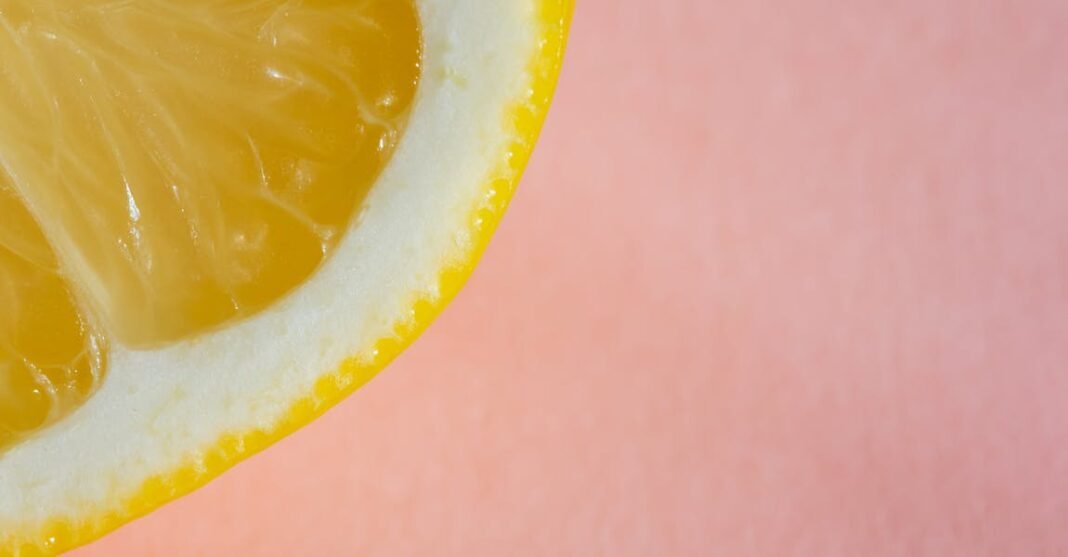Juicing has become quite popular as more and more people are finding the benefits to be great and well worth the process. Not hard at all, you could be juicing any type of juice that you want, with a great deal of tips in this article helping you understand why and how.
If you are worried about getting enough protein in your diet, add spinach and broccoli to your juices. Both of these vegetables provide enough vegetable protein for the short-term to satisfy your body’s needs. Most people get more than enough protein in their daily diet, and don’t need to worry about adding protein sources such as soy to their juice.
If you don’t want any pulp in the juice you create, you can use a coffee filter on the extrusion spout. Some juices will create a pulp consistency that you may not prefer. You can remove most of the pulp by pouring the juice through any straining device, such as a cheesecloth or coffee filter.
It’s best to remove the stems and leaves from fruit and vegetables before you juice them. Some items, like beat tops, can be left in if you so desire. Do some research to find out which leaves are edible, or worth eating nutrition-wise, and which to throw away. Stems could cause damage to your machine, so throw them away regardless of nutritional value.
One of the best ways to increase your nutrient intake is to make your own juice. Juicing fresh fruits and vegetables can not only be healthy, but quite tasty. Start with your favorite vegetables and then make the move to fruits. You will never want bottled juice again.
Try not to confuse your body with your juice blends. Vegetables and fruits are digested differently by your body. Stick to juice blends that are all fruit or all veggie when possible. Carrot is a great vegetable to sweeten the veggie mixes or use apple sparingly in the mix when dealing with greens.
When it comes to juicing, one thing that you want to keep in mind is to make sure that you have space set aside in your kitchen for your juicing machine and for the preparation of your ingredients. This is important so that you are efficient and so that you are motivated to make juice as often as possible. Having to clean clutter out of the way would just be a deterrent.
Keep your juicing regime simple. If you make it too complicated you’ll be less likely to stick with it. Instead of using elaborate juicing recipes with several different types of produce, just stick with 2 or 3 vegetables. Apples blend nicely with many different vegetables and lend a bit of sweetness too.
Make sure you drink your juices as soon as you make them. Time is important for juicing because the valuable nutrients will become oxidized when exposed to the air. So you always want to drink your juices quickly. If, for some reason you can’t, then try to store the juice in an air-tight container to minimize oxidation.
Did you know that vegetable juice helps to keep blood sugar levels from spiking? It’s true! It doesn’t have a lot of sugar, and half as many calories as fruit juice. It also helps you feel full for a long time, curbing any snacking cravings you might have. Try a mix of carrot and parsley to end any temptations!
When it comes to juicing, one thing that you want to keep in mind is that when you are first starting out it is a good idea to keep your juices simple. This is important to figure out the basics and what tastes good so you can build on them.
The best time to juice is first thing in the morning when you have an empty stomach. Your body can fully digest and assimilate the juice because there will be nothing else for it to compete with. Within 30 minutes the nutrients will be fully absorbed into the blood stream.
Skip a water fast and instead, engage in a vegetable juice fast! It supplies all of the nutrients and vitamins you need, without any fat and not a ton of calories. It can also help clear out toxins in your body, especially if you use wheatgrass or ginger in your recipes.
Wonder why your skin is turning a bit yellow now that you’ve started juicing? Don’t worry, you aren’t developing jaundice! Carrot juice can lend the skin a slight orange tint which will give you a sunny glow, attesting to your new healthy lifestyle. It’s not a horrible skin condition after all!
Once you have your juicing materials, they should be of good quality if you want good quality juice, it is of utmost importance that you know how to function your juicer to it’s fullest extent. If you delve into making juice before you really know what you are doing, you will just be wasting your juicing materials.
It’s best to avoid juicing fruits and vegetables that have a low water content. Avocados and bananas, for example, are quite dense and don’t have much water in them. They will clog up your juicer and you won’t get much juice out of them. If you really want to include them, blend them first and then mix them with juices from other produce.
Getting your family involved in juicing can make it easier and fun as well. Children can easily wash up the fruits and vegetables while an adult cuts them up.
You can get a great deal of nutrition from juicing, with various types of fruits and vegetables ideal for the process. However, you need to know why and how to juice in order to really get into it and make it a daily practice that helps you to remain fit.


